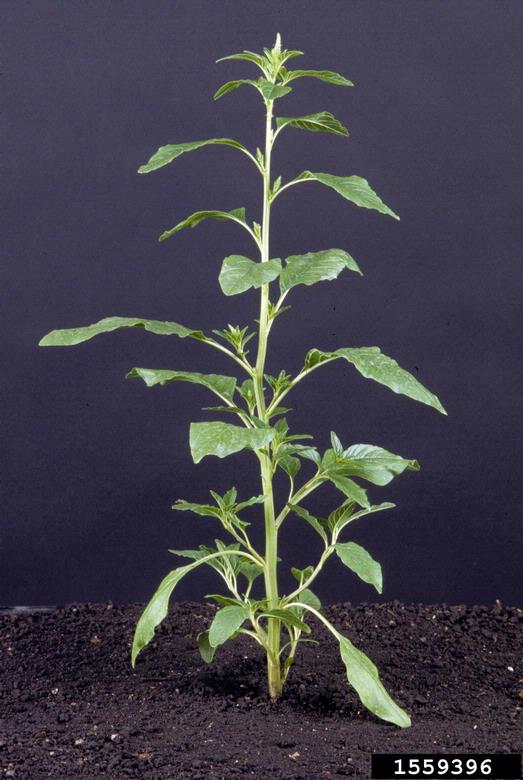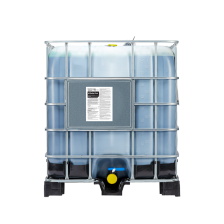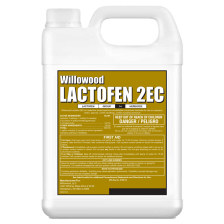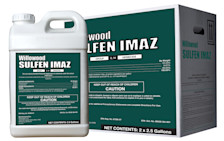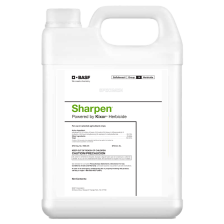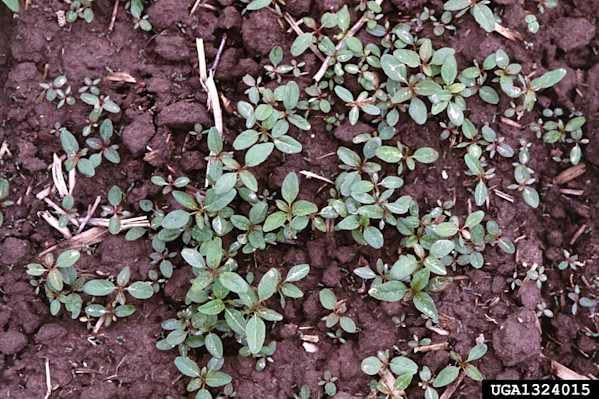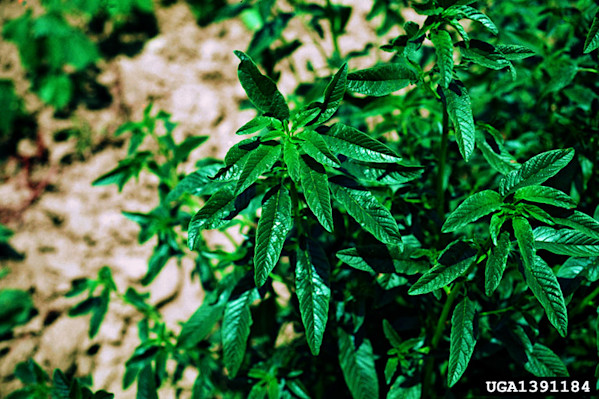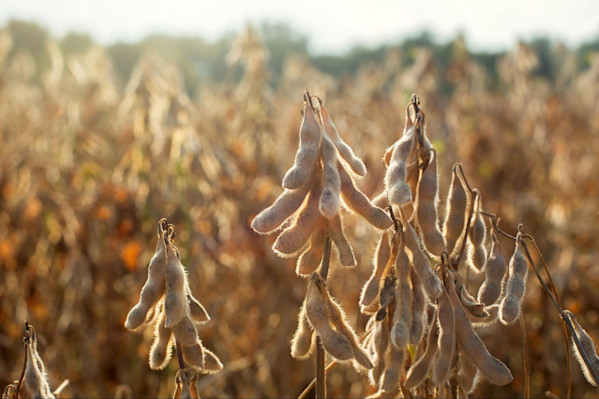How to Identify Waterhemp
A tall, erect, branching plant, Waterhemp can tower up to 8 feet. Its long, lance-shaped leaves are typically smooth, exhibiting a waxy sheen, and its hairless stems vary in color from green to red.
Waterhemp's distinct feature is its small, green flowers that cluster on long, slender spikes at the plant's apex. These spikes can extend to half the plant's length.
Unlike other pigweed species, Waterhemp plants are either male or female. This contributes to its high genetic diversity and adaptability.
(Image Credit: Aaron Hager, USDA Agricultural Research Service, Bugwood.org)
